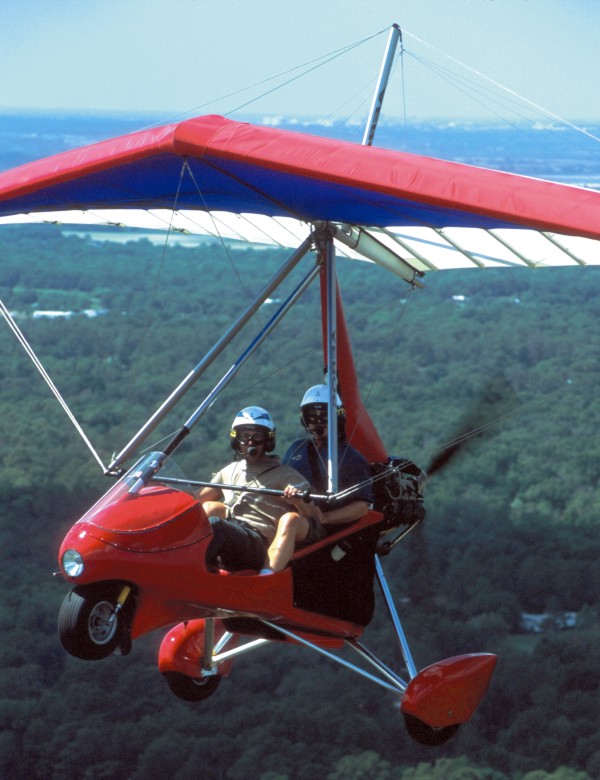
First came the Aerotrike. Travelling all the way from South Africa where Rainbow Aircraft manufactures it, the Aerotrike looked to be – and is – a very sturdy trike that could stand the rigors of flight instruction. However, some thought it lacked the finesse of the finest European trikes. Designed by Mike Blyth, the Aerotrike was built precisely for the purpose of flight training. For years, Blyth had used other brands of trikes in his flight school. However, he found they wore out prematurely. This is never a good thing to a school trying to fund itself by teaching many students. The Aerotrike’s Scout and Safari models proved to be durable flying machines. Former American representative Rob Rollison fitted his Aerotrike with a reliable HKS 4-stroke engine and proceeded to fly a lengthy 2,000-mile journey around Mexico. Not everyone would tackle such a venture, but Rollison says the HKS and his sturdy Aerotrike gave him the confidence to simply fly and enjoy.









